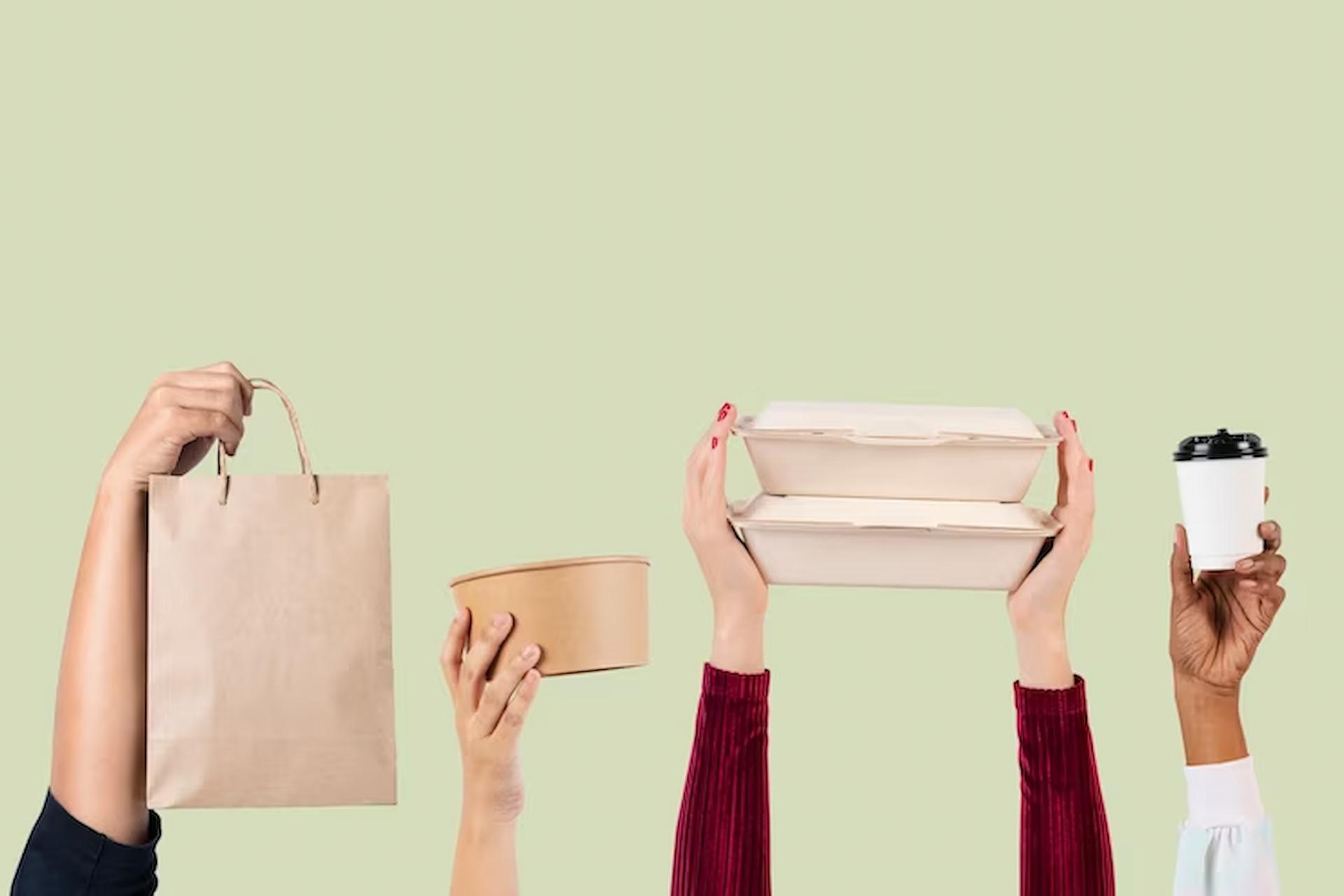
In the intricate dance of bringing food from the farm to the table, one often overlooked partner is the packaging that cradles our sustenance. Beyond its functional role, how we package our food significantly influences environmental sustainability and plays a pivotal role in reducing food waste. As global awareness of climate change and environmental issues grows, the demand for sustainable practices throughout the food supply chain has intensified. This article delves into the multifaceted landscape of sustainable food wrapping, examining its impact on reducing food waste from production to consumption.
The Environmental Toll of Conventional Food Packaging
Conventional food wrapping, characterised by single-use plastics and non-biodegradable materials, has wreaked havoc on our environment. These materials contribute to pollution, litter, and habitat destruction from production to disposal. Plastic packaging, in particular, has a lasting impact on marine life, with devastating consequences for ecosystems worldwide. Sustainable food packaging emerges as a crucial solution to mitigate these environmental repercussions.
Innovations in Sustainable Food Packaging
Recent years have witnessed a surge in innovations to create sustainable alternatives to traditional packaging. Biodegradable materials, compostable packaging, and plant-based options are gaining traction, providing viable alternatives that break down harmlessly in the environment. Packaging made from mushrooms, seaweed, and even agricultural waste showcases the creative strides in sustainable packaging, offering a glimpse into a greener future for food preservation.
The Role of Packaging in Prolonging Shelf Life
Sustainable packaging isn’t just about being eco-friendly; it also addresses the practical aspect of food preservation. By incorporating technologies that extend the shelf life of perishable goods, sustainable packaging helps combat food spoilage and waste at various stages of the supply chain. Vacuum-sealing, modified atmosphere packaging, and antimicrobial coatings are among the innovations that enhance food preservation, ensuring that more of what is produced makes it to the consumer.
Consumer Awareness and Sustainable Choices
The power to drive change lies not only with producers but also with consumers. A rising consciousness about environmental issues has led to an increased demand for sustainably packaged products. Brands adopting eco-friendly packaging are gaining favour, reflecting a shift in consumer behaviour toward more environmentally responsible choices. As consumers become more informed and discerning, they can steer the industry toward sustainable practices.
The Circular Economy and Closed-Loop Systems
Sustainable packaging is not just about using eco-friendly materials; it’s about reimagining the entire packaging lifecycle. Closed-loop systems, where packaging is designed to be reused or recycled, are gaining prominence. By embracing a circular economy, the industry aims to minimise waste and reduce the demand for new resources. This holistic approach ensures that the packaging’s end of life is considered from its inception, promoting a regenerative system that minimises environmental impact.
Government Regulations and the Push for Sustainability
Governments worldwide recognise the urgency of addressing environmental issues, including regulating the use of packaging materials. Many countries are implementing or exploring legislation that encourages or enforces the use of sustainable packaging. These regulations guide manufacturers and serve as a catalyst for industry-wide change, fostering a more sustainable approach to food packaging.
Conclusion
From the farm to the table, our food journey involves numerous steps, and sustainable packaging emerges as a critical player in reducing food waste and environmental impact. Innovations in materials, technologies, and consumer awareness are transforming the landscape, pushing the industry toward a more sustainable future. As consumers, businesses, and governments unite in the quest for a greener world, the role of sustainable packaging for food becomes increasingly indispensable, paving the way for a more responsible and resilient food supply chain.
